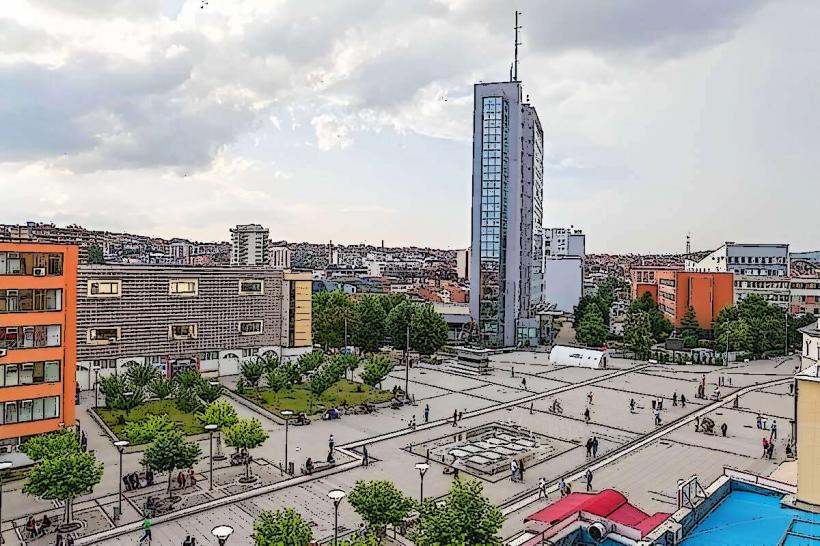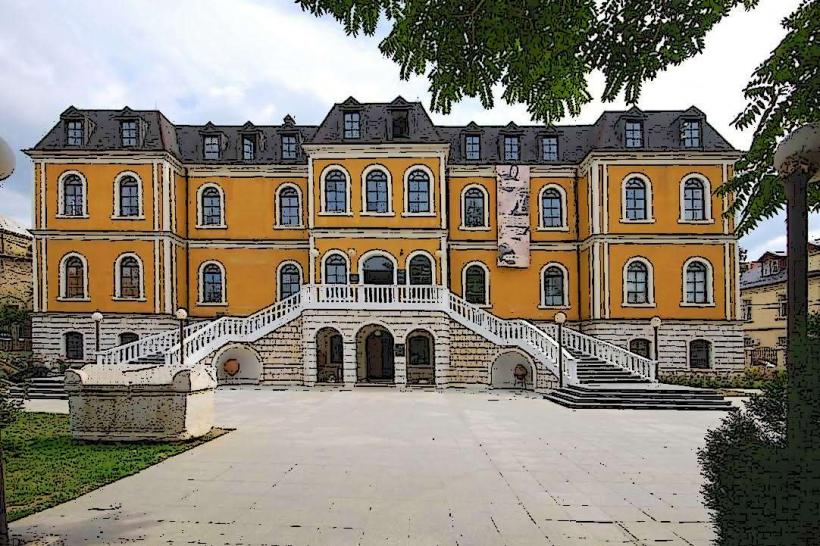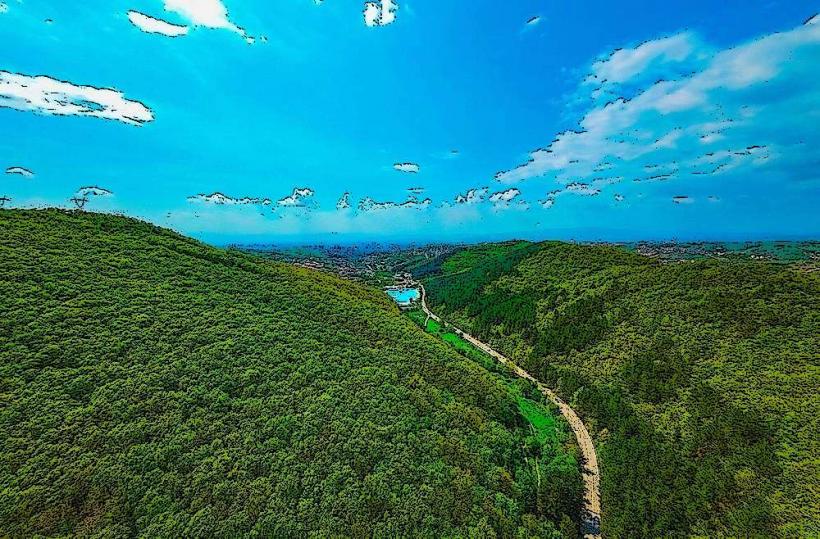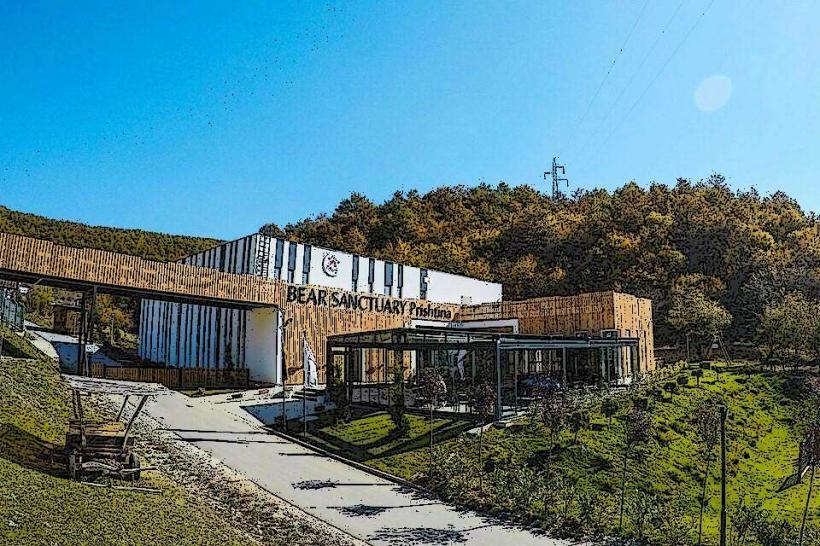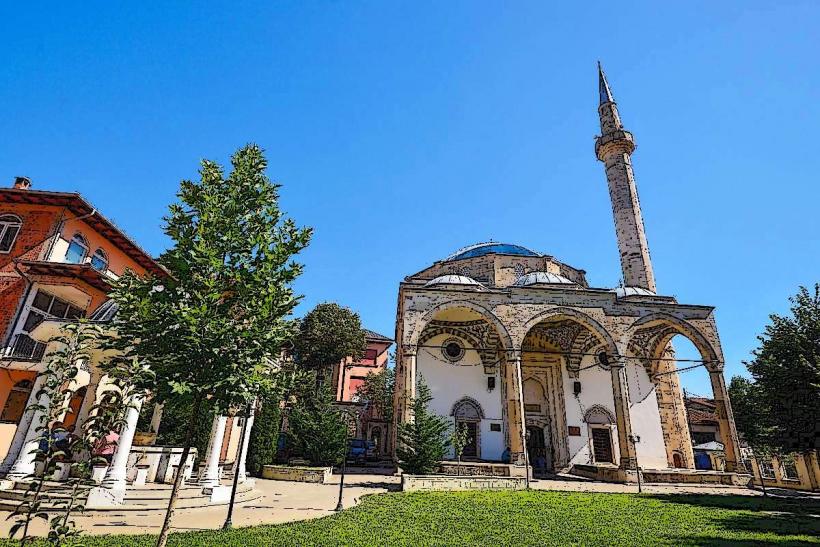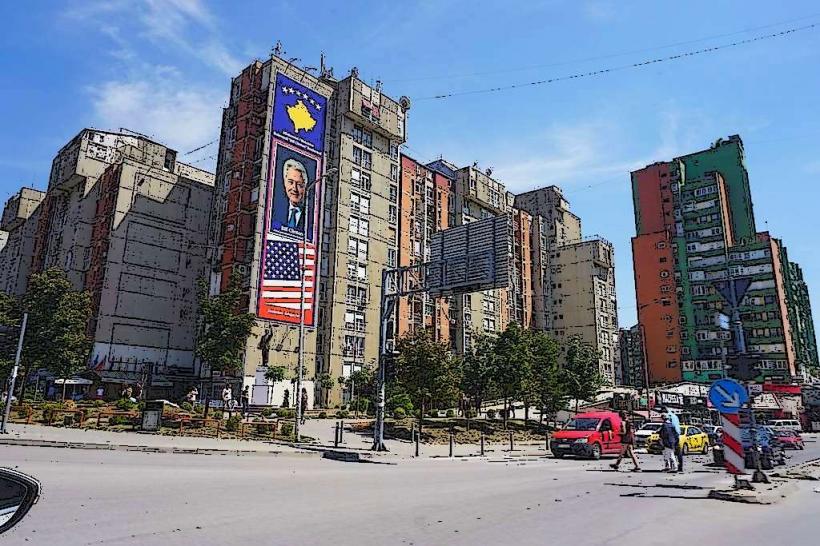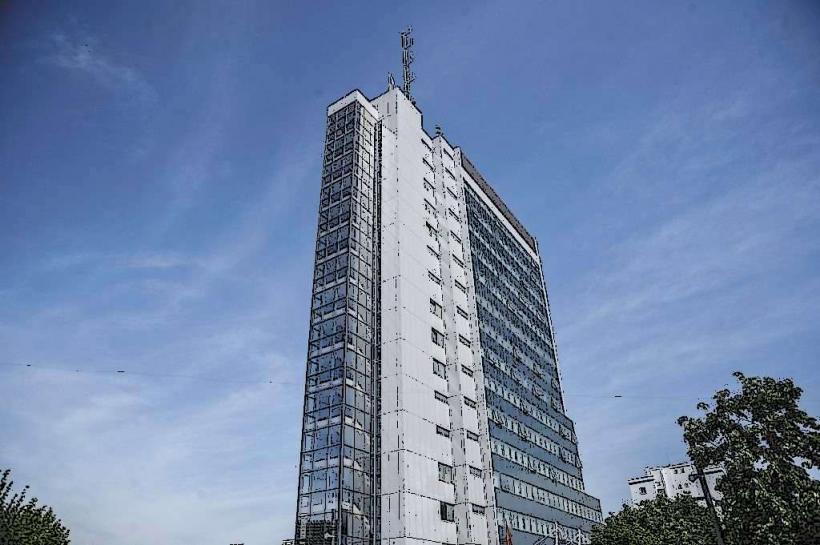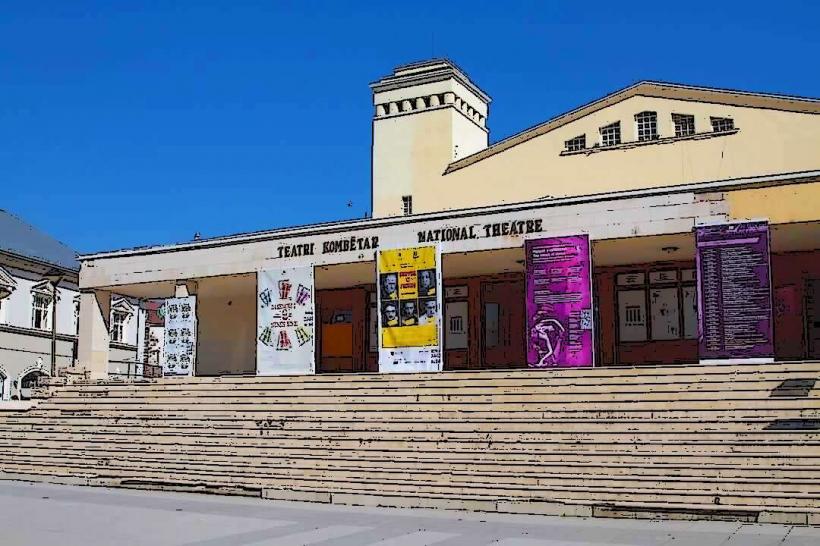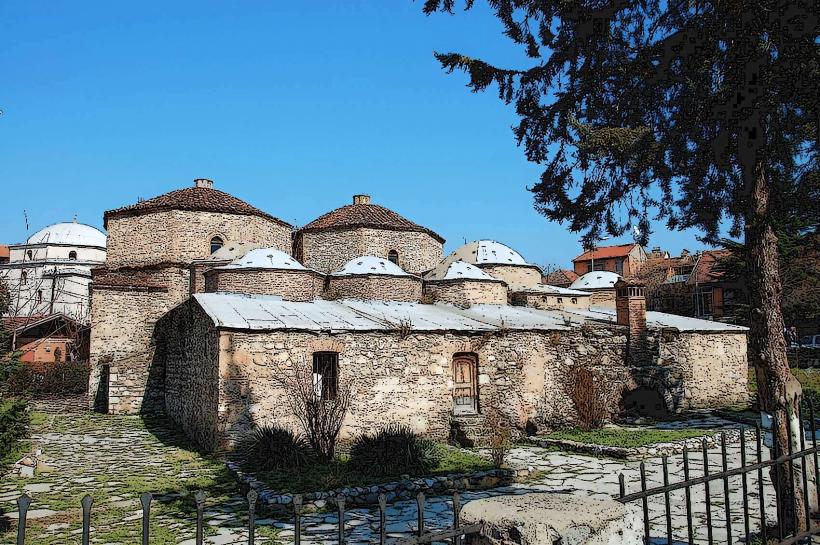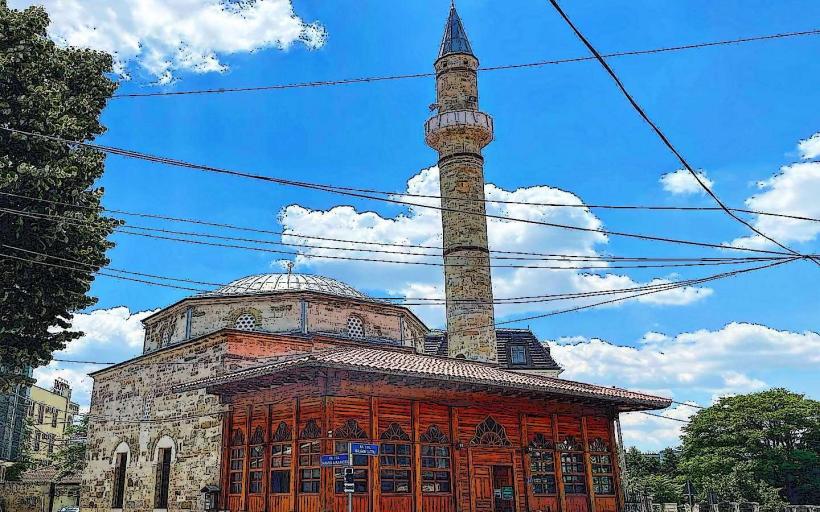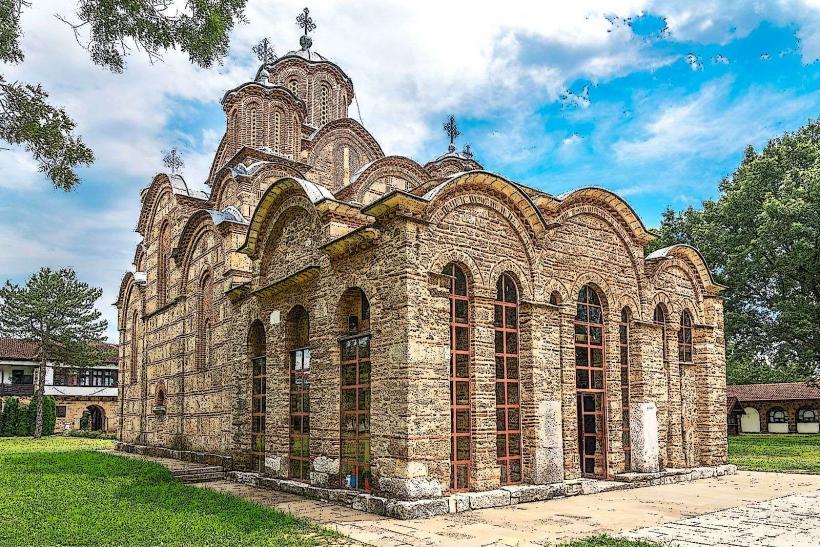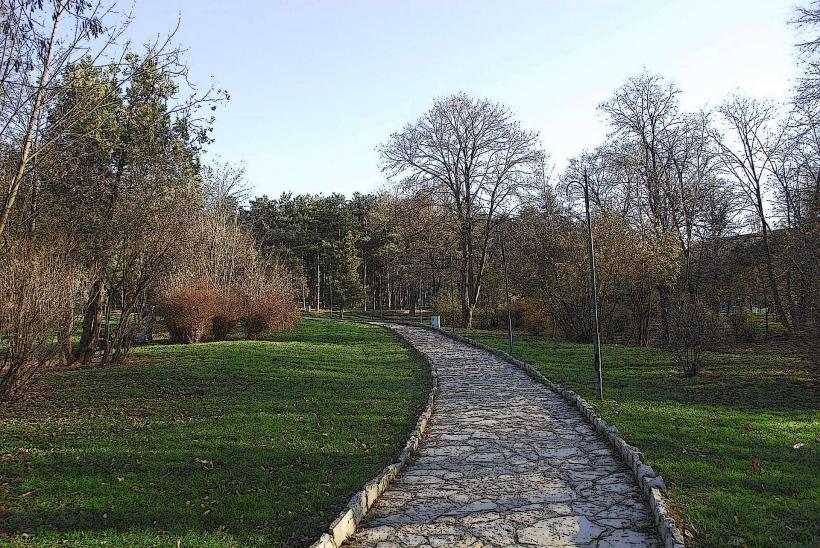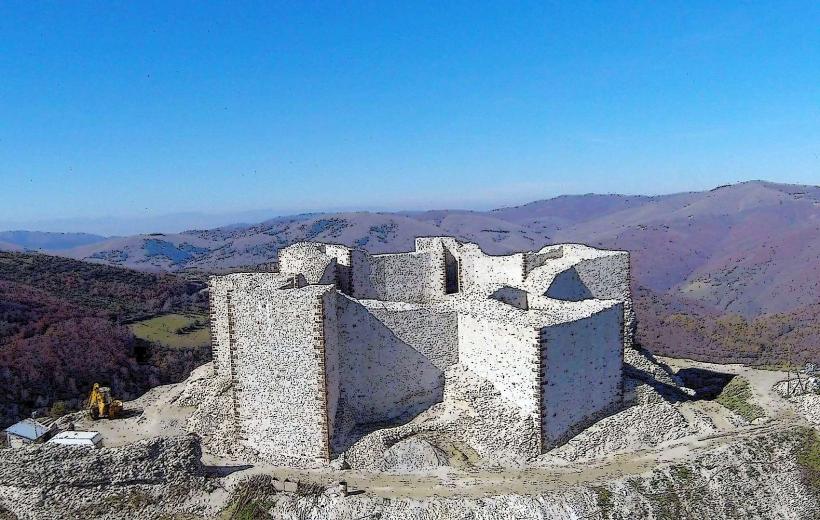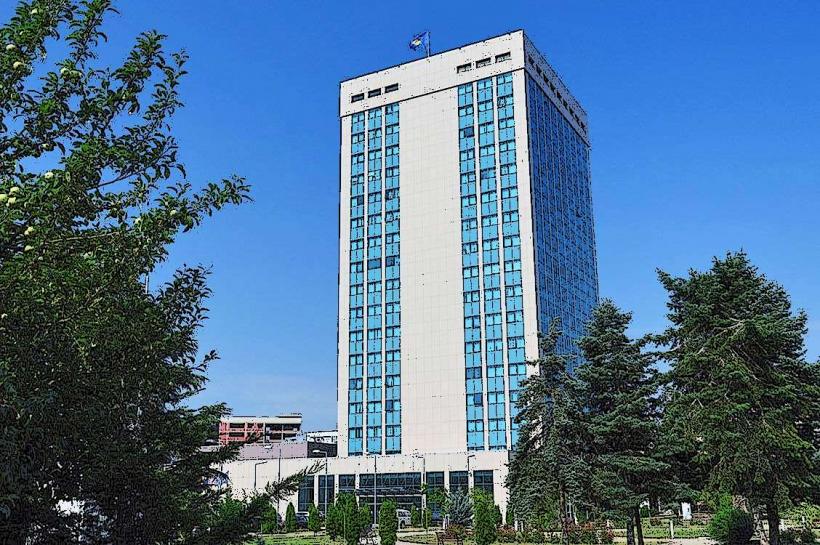Information
Landmark: Ethnological Museum EminCity: Pristina
Country: Kosovo
Continent: Europe
The Ethnological Museum Emin is located in Pristina, Kosovo, and is an important cultural institution dedicated to showcasing the rich traditional and cultural heritage of the region. The museum provides insights into the history, customs, and lifestyle of the people of Kosovo and the broader Balkans, preserving the region's diverse cultural identity.
History and Establishment
The Emin Museum is housed in a historic building that dates back to the 18th century, which itself adds to the cultural and historical value of the museum. The building was originally the residence of a local family, and over time it became a part of the city’s heritage. It was converted into the Ethnological Museum to offer a space where visitors could explore Kosovo's cultural history and traditions.
The museum is named after Emin, a local figure, though the exact historical context of the name may refer to the prominent family that once resided in the building. The museum aims to provide a comprehensive view of the cultural life of Kosovo, focusing on various aspects such as traditional clothing, crafts, and lifestyle.
Exhibits and Collections
The Ethnological Museum Emin houses an extensive collection of artifacts, many of which are related to Kosovo's rural life and traditional practices. Visitors can expect to see exhibits that provide insights into the following areas:
Traditional Clothing and Textiles: The museum showcases a variety of traditional garments and textiles, including handwoven fabrics and embroidered clothes, which reflect the unique styles and craftsmanship of Kosovo’s people. These items often indicate the ethnic and regional differences within the country.
Tools and Household Items: A key part of the museum’s collection is the display of everyday items that were used in rural households. These tools and utensils represent the self-sufficient lifestyle of the people in Kosovo before industrialization, including farming implements, kitchenware, and craft tools.
Art and Handicrafts: Traditional artistic crafts such as pottery, wood carving, and metalwork are prominently displayed in the museum. These crafts are an important aspect of Kosovo’s cultural heritage and were often passed down through generations.
Agricultural Life: Exhibits related to the traditional farming and agricultural practices of the region show the significant role of agriculture in Kosovo’s past. Items related to crop cultivation, livestock breeding, and traditional farming tools are showcased to reflect the rural roots of the population.
Cultural and Religious Artifacts: The museum also displays religious artifacts, as Kosovo is home to both Muslim and Christian communities, and these items reflect the country’s religious diversity. Religious icons, prayer rugs, and other sacred objects give a glimpse into the spiritual life of the people of Kosovo.
Folklore and Music: Traditional instruments and musical artifacts, such as tamburicas and flutes, can also be found in the museum, along with folklore items that highlight Kosovo's musical traditions and oral storytelling culture.
Architecture
The building itself is an excellent example of Ottoman-era architecture, with characteristic features such as arched doorways, wooden beams, and stone walls. The architecture of the museum reflects the blend of influences that have shaped Kosovo’s history, particularly during the Ottoman period, which lasted for several centuries in the region. The historical structure adds to the museum's atmosphere, making it an immersive experience for visitors as they explore the exhibits.
Cultural and Educational Role
The Ethnological Museum Emin plays an important educational role in preserving Kosovo's cultural heritage. It provides visitors with a deeper understanding of the history and traditions of the region, and it serves as an educational resource for local schools and international tourists alike.
The museum also organizes temporary exhibitions, cultural events, and workshops that allow visitors to interact with Kosovo’s traditions and even try their hand at some of the arts and crafts featured in the exhibits. These events contribute to the preservation and promotion of Kosovo's living heritage.
Conclusion
The Ethnological Museum Emin is a vital institution for understanding the traditional life and culture of Kosovo. Through its rich collection of artifacts, it highlights the diverse customs, daily life, and art of the people of Kosovo. Located in a historic building, the museum itself is a testament to the cultural legacy of the region. It continues to serve as a center for preserving and promoting the country’s folk traditions and providing an educational experience for all who visit.


